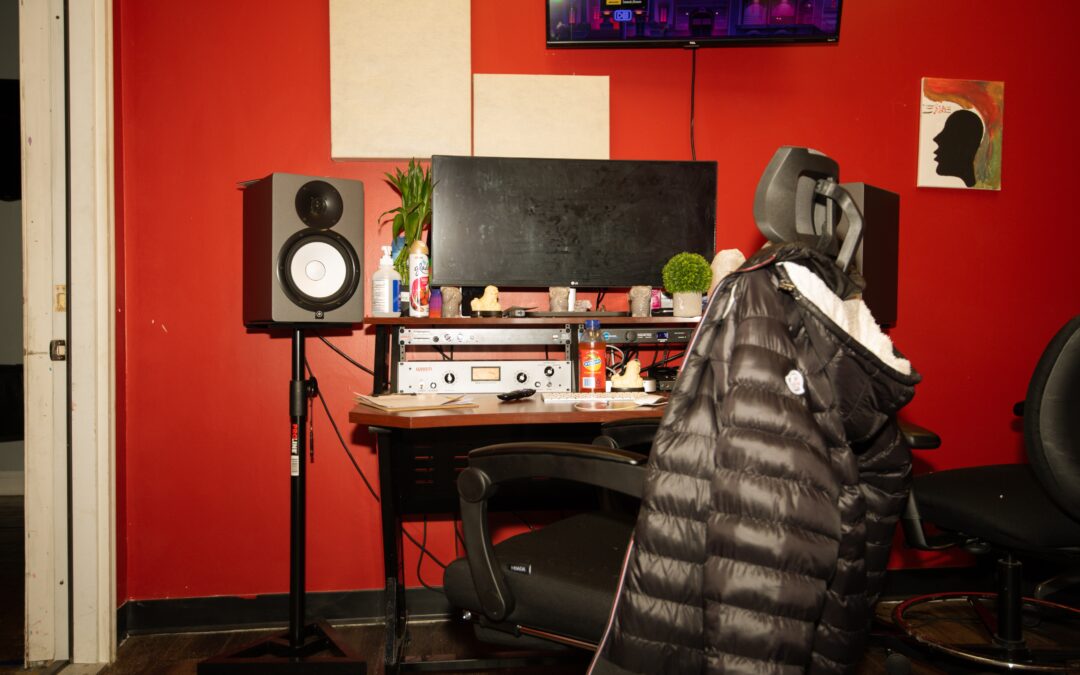Radio imaging is the process of creating audio elements that help define and promote a radio station’s brand. It includes everything from station IDs and bumpers to sweepers and promos. One of the most critical components of radio imaging is the voice-over, which can make or break the success of the campaign. In this article, we will explore the job of a radio imaging voice-over artist in 2023.
Roles and Responsibilities:
- A radio imaging voice-over artist is responsible for providing the voice for radio imaging elements, including station IDs, promos, bumpers, and sweepers.
- They must work closely with the radio station’s creative team to understand the station’s brand identity, target audience, and overall messaging strategy.
- They must be able to interpret scripts and deliver the message in a way that resonates with the station’s target audience.
- A radio imaging voice-over artist must have a good understanding of pacing, timing, and inflection to ensure that the delivery of the script is effective and engaging.
- They must be able to create a wide range of voices and tones to suit different types of radio imaging elements, from upbeat and energetic to serious and informative.
- A radio imaging voice-over artist must be able to take direction from the radio station’s creative team and adjust their delivery to meet the specific needs of the project.
- They must have a good understanding of the technology used in recording studios and be able to use it to produce high-quality audio.
- They must be able to work efficiently and meet tight deadlines, as many radio imaging projects have short turnaround times.
Qualifications and Requirements:
- A radio imaging voice-over artist must have excellent vocal skills, including good diction, clear pronunciation, and the ability to convey emotion through their voice.
- They should have a strong, confident speaking voice and be able to adjust their delivery to suit different types of radio imaging elements and audiences.
- They should have a good understanding of acting and be able to create and maintain character voices for radio imaging campaigns.
- A radio imaging voice-over artist must be able to work well under pressure and meet tight deadlines, as many radio imaging projects have short turnaround times.
- They must have good communication skills and be able to take direction from the radio station’s creative team effectively.
- Many radio imaging voice-over artists have a degree in communications, theater, or a related field, but this is not always necessary.
- They should have experience working in a recording studio and using the equipment and software used in the industry.
- Many radio imaging voice-over artists have a demo reel that showcases their work and highlights their vocal abilities.
Salary and Working Conditions:
- The salary of a radio imaging voice-over artist can vary depending on their experience, the type of radio station they are working for, and the length of the project.
- According to the Bureau of Labor Statistics, the median hourly wage for voice-over artists in the United States is $31.50 per hour.
- Many radio imaging voice-over artists work as freelancers and are paid per project, while others work on a contract basis or as employees of a radio station.
- They may work in a recording studio or from their own home studio, depending on the project.
- The working hours of a radio imaging voice-over artist can vary, but many projects have tight deadlines and require working long hours, including nights and weekends.
Conclusion:
A radio imaging voice-over artist plays a critical role in creating and promoting a radio station’s brand identity. They must have excellent vocal skills, be able to interpret scripts, and work well under pressure to deliver high-quality audio. With the growth of the radio industry, the demand for radio imaging voice-over artists is expected to continue to grow

